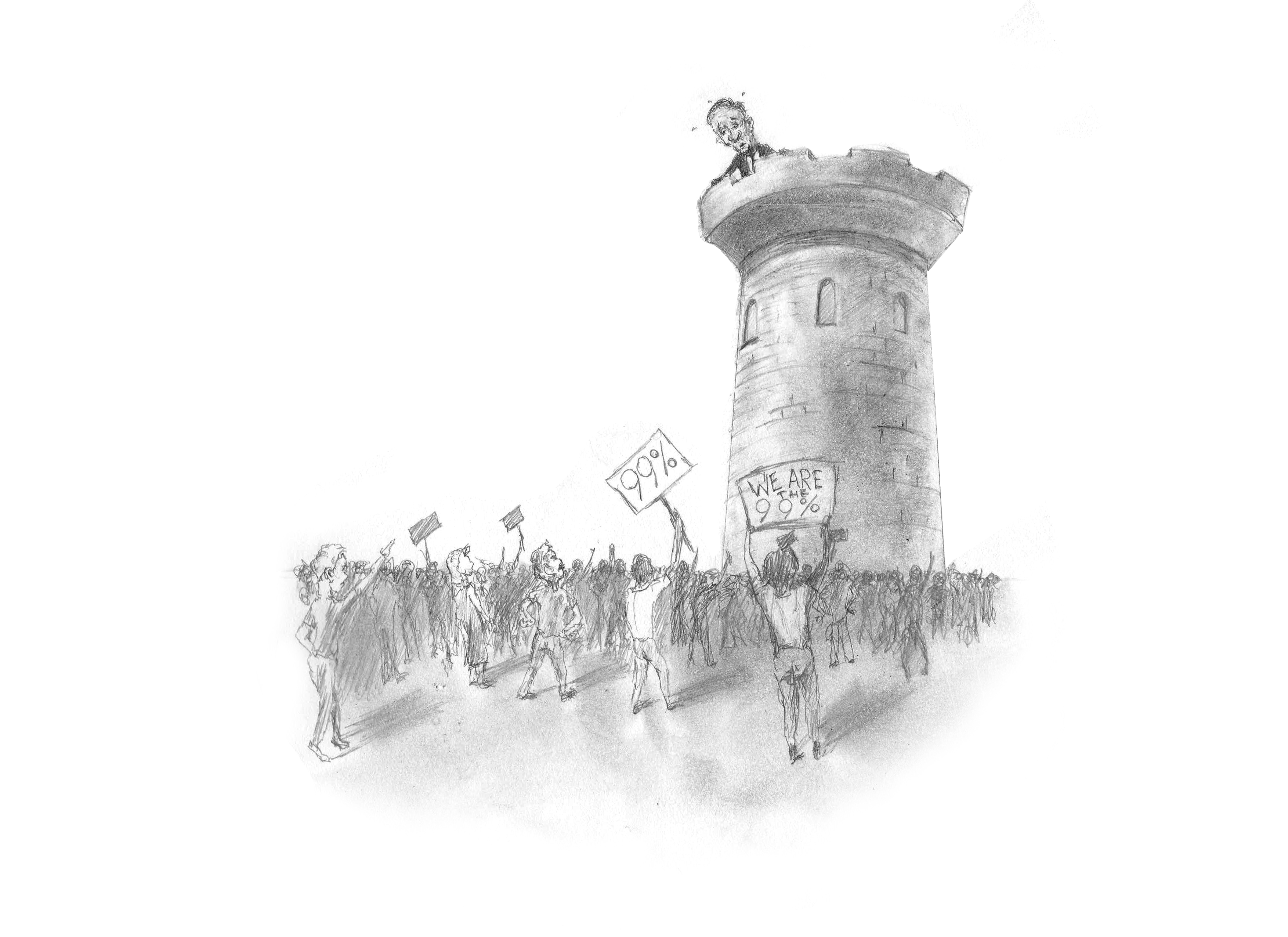“Beautiful British Columbia,” the license plates don’t lie. But beneath those beautiful mountains and rugged terranes exist one of the most violent and deadly of all natural hazards – earthquakes.
On Saturday, Oct. 27, 2012, a magnitude (M) 7.7 earthquake struck off the west coast of British Columbia in the Haida Gwaii Region (the former Queen Charlotte Islands) at 8:04:09 p.m. Pacific Daylight Time. The earthquake’s epicenter was located 141km south of the nearest village, Masset, B.C., and occurred at a depth of 17.5 kms below the Pacific Ocean floor.
Aftershocks following the initial M 7.7 quake have carried on into early November, with a total (so far) of 86 of these aftershocks or “mini earthquakes” measuring with magnitudes between 4.0 and 6.3. While the quake was not felt here in Manitoba, the University of Manitoba’s seismograph in the department of geological sciences was able to detect and record the seismic activity of the initial quake and its tremors. The data and geologic summary are currently on display in the department’s museum located in the Wallace Building on the Fort Garry campus.
Anatomy of an earthquake
Earthquakes are generated at great depths, by the release of a large amount of energy stored as built up strain within the Earth’s crust.
The solid outermost layer of the Earth’s crust, known to geologists as the “lithosphere,” is divided into pieces called tectonic plates. These plates roughly fit together like pieces of a jigsaw puzzle and are in constant motion while floating atop the underlying, molten hot, liquid portion of the Earth’s crust called the “asthenosphere.” Since these plates are dynamic (moving at extremely slow rates of only millimeters per year), geologists study the ways in which these plates move and interact with one another to better understand how the Earth works.
When tectonic plates move towards one another and collide in convergent boundary settings, they can form thrust faults (where one plate is thrust up over the other) or subduction zones (where one plate is pushed underneath the other). In both cases, the amount of strain can accumulate until finally it is overcome and released in the form of an earthquake.
Tectonic plates can also scrape passed one another to transform boundary settings (resulting in transform faults), where they can get caught and become locked onto each other. As the plates attempt to slide past one another, the buildup of strain will continue until they eventually jolt free from one another and release an enormous amount of energy, triggering an earthquake. Perhaps the most famous example of an active transform boundary setting is the San Andreas Fault in California.
A close call
While British Columbia may be nearly 3,000 km away from California’s San Andreas Fault, the province has its own equivalent: the Queen Charlotte Fault. Both of these geologic structures are a result of the North American Plate grinding against the Pacific Plate, which was the cause of the M 7.7 quake on Oct. 27.
Historically, this fault system has seen a fair bit of action; high magnitude earthquakes are not foreign to Canada’s West Coast. In 1949, a massive M 8.1 earthquake struck only 100 kms away from the epicenter of the recent M 7.7 quake. Also hitting off the coast of British Columbia (or what would eventually be known as British Columbia) was the M9 Cascadia Megathrust Earthquake, one of the world’s largest earthquakes, which occurred in 1700, registering at a magnitude of approximately 9.0.
Shortly after the recent earthquake occurred, a tsunami warning was issued for the West Coast of Canada and the U.S, as well as neighboring Alaska, and Hawaii. A small wave was generated, however, a full-scale tsunami was not part of the aftermath. Although the magnitude of the earthquake was large, the movement along transverse faults is horizontal rather than vertical. Tsunamis generally occur when the displacement along a fault is vertical, which results in a sudden displacement of a large body of water, creating a massive tidal wave.
According to geophysics experts at Simon Fraser University in B.C., aftershocks and small tremors could continue for at least a week after a quake of this size. To date, no significant damage or injuries have been reported as a result of the earthquake.




